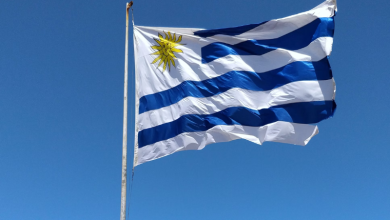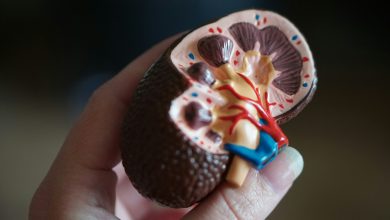Discover how trees survive after a fire
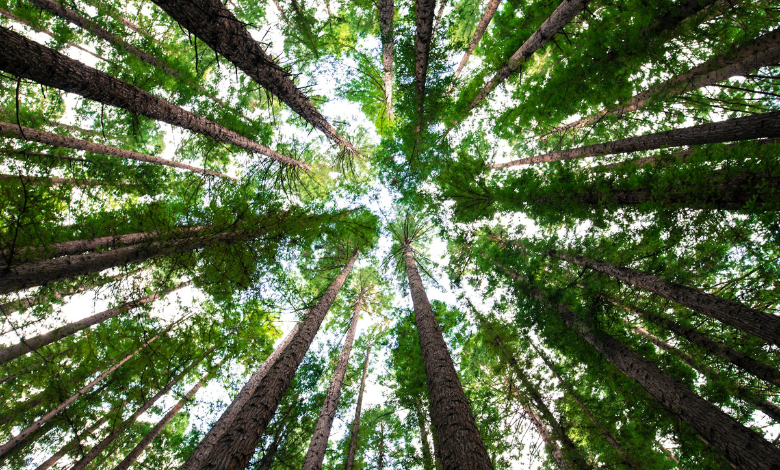
Change, no matter how big or tiny, slow or quick, rhythmically punctuates human existence. Similar to how change is inherent and based on patterns in the natural world. Nature’s cycle includes variations in sunlight, temperature throughout the year, and natural disruptions like fire.
Most individuals oppose change, especially when it involves something they view as harmful. Maybe for that reason, since the early 1900s, flames that become out of control have been put out. Fire may be destructive, and its aftermath undoubtedly leaves a mark on once-verdant landscapes. However, this devastation may also be advantageous.
Ecologists and land managers have been increasingly aware of the significance of fire to the natural cycles of many ecosystems in recent decades. Every ecosystem has a unique “fire regime,” or pattern, to follow. Even though a fire may appear dangerous at first, every fire regime is crucial to preserving the health of the forest and grasslands.
Although woods can be destroyed by wildfires, nature is very resilient. Learn about the amazing ways that trees may adapt to a fire and go on to survive and even thrive.
Thick bark

Part of the reason why trees in high-risk locations grow thicker bark is because it doesn’t burn readily or catch fire. It also guards against heat damage from high-frequency, low-intensity burns to the inside of the trunk, which houses the living tissues that carry nutrients and water.
A prime example is the ponderosa pine (Pinus ponderosa, sometimes called the bull pine, blackjack pine, or western yellow pine). This iconic tree in the western United States can flawlessly endure a low-intensity surface fire because of its thick and flaky bark, which has been likened to jigsaw puzzle pieces. As the age of the tree, the species also prune off lower branches, which helps keep fire from spreading upward and scorching the green needles higher on the tree.
Fire-induced sprouts
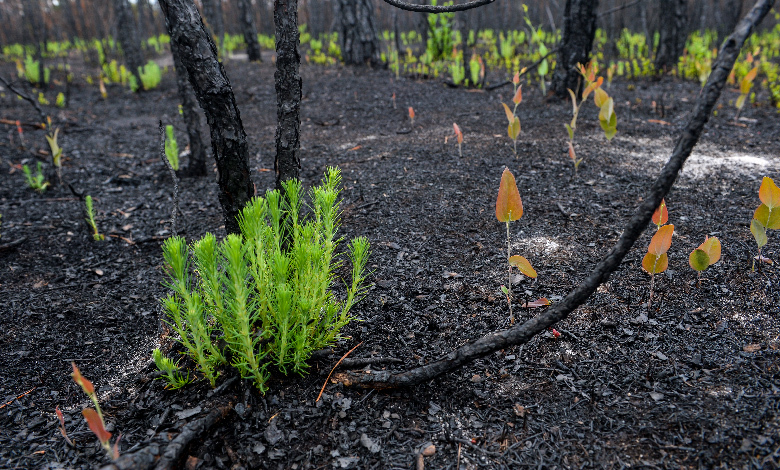
Above-ground growth can be destroyed with this fire-survival approach. Most plants with a large root system are those that resprout after burning to rejuvenate. After a fire, dormant buds are shielded underground by nutrients stored in the root system, which enables prompt sprouting. This method is used by shortleaf pine (Pinus echinata), also known as the shortstraw pine or southern yellow pine on occasion.
Serotinous cones

Some pine species have developed extremely thick, rigid cones that are essentially bonded shut with a strong resin in situations where intense, fast-moving fires occur often. Long after the encased seeds have fully developed, these “serotinous” cones can remain atop a pine tree for several years. These heat-dependent cones only open up to release seeds that are dispersed by gravity and wind when a fire passes through, melting the resin.
Fire-activated seeds
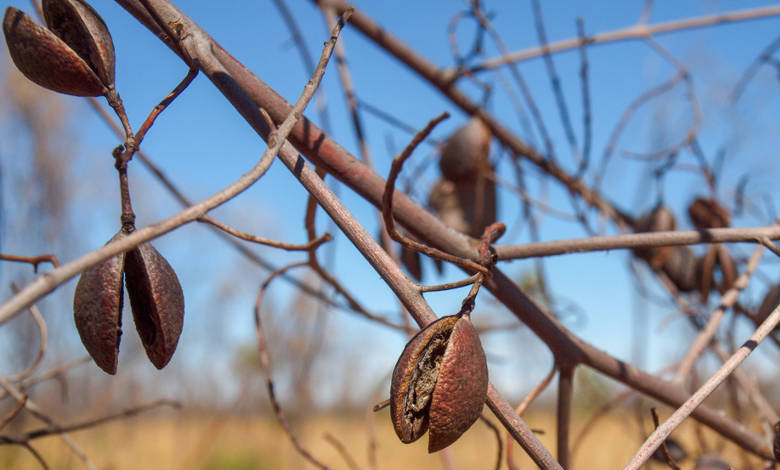
Many plants in fire-prone areas require fire, either directly or indirectly, for their seeds to germinate, unlike serotinous cones, which shield contained seeds during a fire. These plants yield hard-coated seeds that can wait for years to germinate before going dormant. These seeds rely on fire to break their dormancy, whether it is due to the extreme heat of the fire, exposure to chemicals from smoke, or exposure to nutrients in the earth following a fire.


